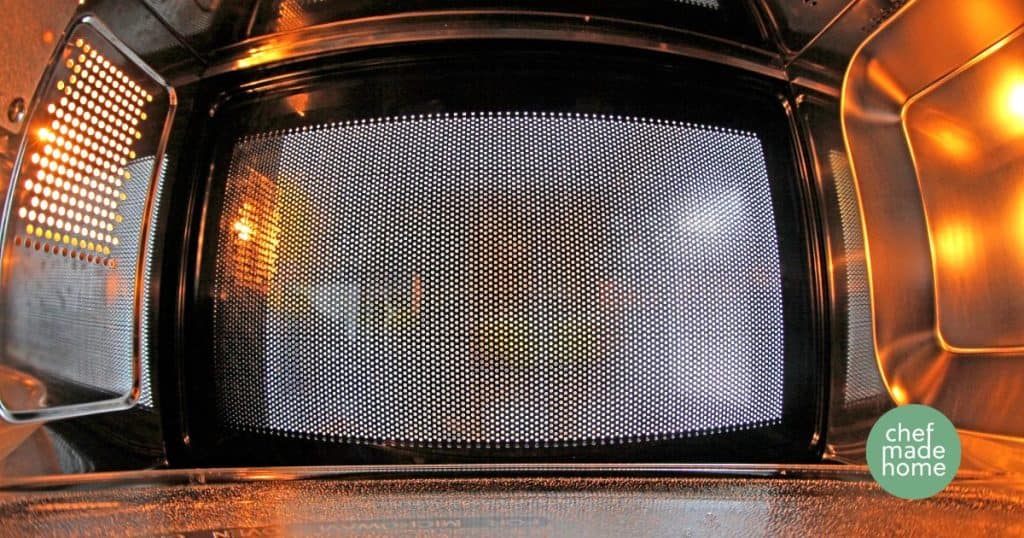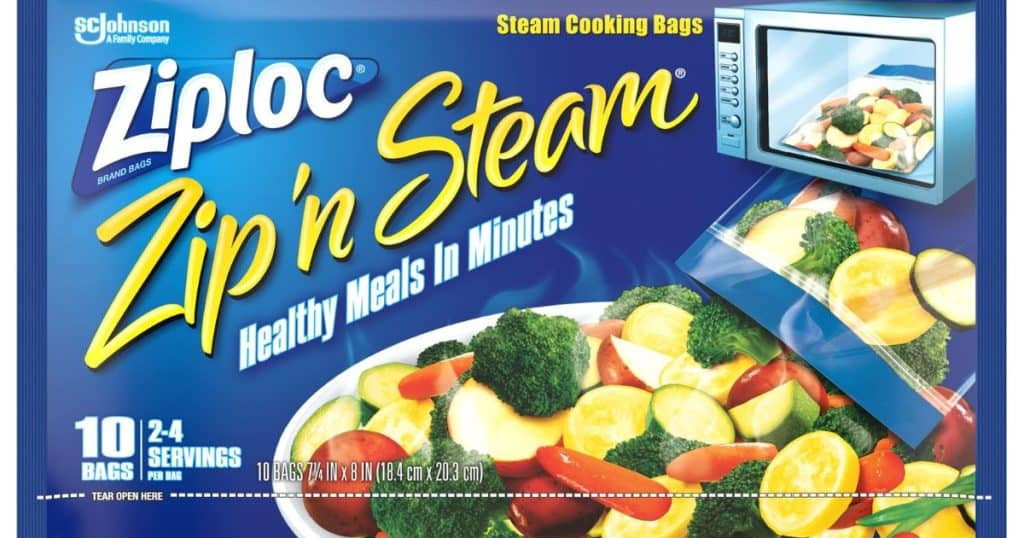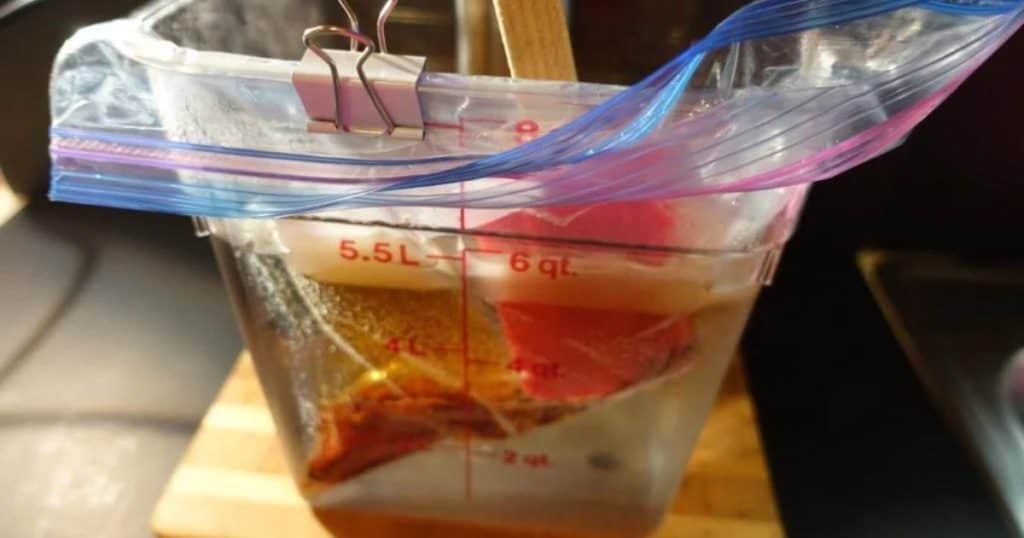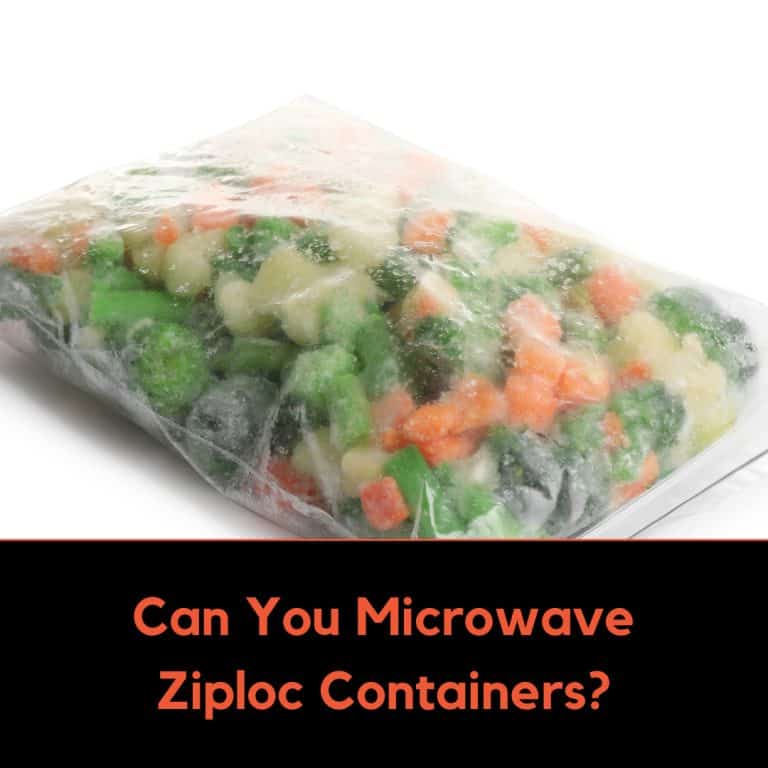If you’re like most people, you probably have a ziploc container or two (or twenty) in your home. They’re great for storing leftovers and taking snacks on the go.
But can you microwave them? The answer may surprise you…
20% off first coffee subscription order with code COFFEECLUB20
It’s safe to microwave ziploc containers as long as they’re labeled “microwave-safe”
It’s short and sweet – if you are wondering whether you can put your Ziploc containers in the microwave, the short answer is yes if they’re labeled “microwave-safe”! It’s a safety rule that applies to all types of Microwave Ovens so you’re in the clear.
That being said, there are still some considerations to keep in mind when placing containers in your microwave oven. The heat produced by microwaves is intense and can rapidly increase the temperature of food and containers, so always be mindful of that heat and consider using short bursts at lower temperatures.
Follow the instructions on any container you use in the microwave and make sure it’s labeled microwave-safe – then you can enjoy your safe, hot meal sans worry!
If you’re not sure if a container is microwave-safe, test it out by microwaving a small amount of water in it first
When it comes to microwaving ziploc bags, the answer is a bit more complicated. Ziploc bags are convenient and can be used in the microwave – but you have to be a little extra careful. Ziploc bags are not made of the same type of plastic as standard containers, so they may melt or even catch fire if you microwave them for too long.
It is best to avoid microwaving Ziploc bags and instead look for specific freezer-to-microwave bags that are designed to withstand high temperatures.
When microwaving plastic bags or containers, it can be difficult to know if the plastic is safe for those high temperatures. To check, the simplest solution is to grab a cup of water and microwave it in the plastic bag or container of your choice.
This gives a good indication of whether the plastic will be safe in the microwave in future – if it warms up with no problems, you’re likely good to go!
Don’t microwave ziploc containers with metal or foil in them – this can cause sparks and fires
Be sure to remember that aluminum foil and any other metal surfaces should stay clear of the microwave. Trying to use these materials inside the microwave can cause sparks and fires, making your microwave journey a dangerous one.
Metal surfaces quickly become heated and although aluminum foil is thin enough to wave through in even heat, the amount of built-up energy creates an alarming amount of sparks and energy, leaving you in potentially dangerous territory.
So if you’re looking for a little snack or meal sesh in the microwave, leave any aluminum foil or metal containers out of the equation!

Be careful when microwaving ziploc containers – they can get hot and cause burns
Ziploc containers may not be the best choice for microwaving food. Despite their convenience, they can end up getting overly hot, leading to some serious burns. To protect your hands and kitchen counter, cover your food with a paper towel before microwaving at higher temperatures—the plastic won’t do much to shield your skin against mishaps caused by high heat!
The paper towel will absorb some of the heat and help keep you safe.
Why is it bad to reheat food in the microwave in a bag that is not considered microwave-safe?
The microwave has been a saving grace for busy lives, though it doesn’t come with out risks when food comes in contact with microwave-safe containers that are not microwave-safe.
Take microwave ziploc bags, for example. These “bags for all purposes” might seem like a dream microwave container, but their melting and leaking plastic chemicals into your food means they’re an all-around nightmare.
Not only is this unappealing and definitely not something you want to be putting into your body through the food you consume, but it can also lead to significant health risks if consumed over time.
So the next time you reach for the microwave ziploc bag, be sure that either it’s specifically designed as such or it’s something that won’t leach chemicals when heated like glassware or microwave-safe ceramic containers – your body will thank you later!
What is an ideal microwave-safe dish?
An ideal microwave safe container should be designed to withstand higher temperatures without releasing harmful chemicals into your food. It should also be able to remain durable in extreme temperatures without warping or leaching any toxins.
Ziploc products make an excellent space-saving, multifunctional microwave safe container option for people looking for a practical and efficient way to prepare meals.
Additionally, their containers are made with high quality materials that are free of BPAs, making them great options for health conscious individuals.

Are all ziploc containers microwave safe?
When it comes to ziploc containers, there can be some confusion about which ones are safe to use in the microwave. Fortunately, ziploc brand bags provide clear information on their labels so consumers know their options!
If a ziploc bag has a “Microwave-Safe” label, then that indicates it is designed for microwave use and can withstand temperatures generated by the appliance. However, consumers should be aware that not all ziploc bags are designated as being microwave safe; if no such label is present, then the user should consider using different types of plastic containers instead.
For more detailed instructions and product recommendations regarding ziploc containers and microwaves, customers can always turn to ziploc’s website or customer service line for advice.
What is BPA? Should I be concerned?
BPA, or bisphenol A, is a chemical that has been used for decades to make plastic products like food storage containers and water bottles. As of lately, it’s been pulled under the microscope by multiple organizations and deemed potentially dangerous for both humans and animals alike.
The safety of BPA has long been a concern for experts at the Food & Drug Administration (FDA), who’ve outlined various health risks linked to its use and exposure. Keeping informed on the subject can help us stay in-the-know when it comes to our health, so understanding whether or not you should be concerned about it is worth exploring further.
Are ziploc bags and containers made with BPA?
If you’ve ever asked yourself, “Are ziploc bags and food storage containers made with BPA?” – we can help. The answer is both yes and no.
Many ziploc bags and food storage containers are now made without the use of Bisphenol A (BPA), a chemical found in polycarbonate plastics used in food and food-related products. Instead, many manufacturers have switched over to using food grade polypropylene plastics, which are designed to be safe for food contact applications.
However, if you’re really unsure about what kind of material you’re dealing with before using it to store your food, it’s best to check the packaging or manufacturer’s website for more information.
Are ziploc bags safe for sous vide cooking?
The good news is, yes, you can chef-ify your meals with the help of those good old trusty ziploc freezer bags. Sous vide cooking involves sealing the food in tight containers to retain flavor and moisture, and although some people may choose glass jars or plastic sous vide cookers, ziploc freezer bags are a great option due to their affordability, convenience, availability and safety.
For safety’s sake it’s best to double up on the bag action – by using an inner (ziploc) bag that contains the food item and another multiple layer bag like a vacuum sealer or a sturdier storage bag as the outer layer.
There’s no doubt that this combination is still one of the best ways when it comes to sous vide cooking in ziploc bags! Keep in mind that this method will only work for shorter cook times at lower temperatures. A few hours at temps under 140 is safe. Higher temperatures and long cooks should always use thick vacuum bags.

What NOT to microwave in a ziploc bag
When it comes to reheating food in a ziploc bag, there’s some things you definitely want to avoid.
High fat content items such as bacon and sausage, for example, can be hazardous when heated up this way as they emit an excessive amount of hot grease – and nobody wants THAT kind of mess on their hands.
Spaghetti sauce should also be avoided, as the high liquid content can cause the bag to expand, thus leading your meal to become one big blast-from-the-past kind of throwup moment. Ick!
Highlights From The Article
So next time you reach for that ziploc bag in the kitchen drawer, remember: high fat plus high liquid equal high anxiety.
To wrap this up, it is important to be aware of what to and not to microwave in a ziploc container. This means that if you are using a ziploc container for food, it must be labeled “microwave-safe”.
If you are unsure whether or not the container is safe for microwaving, test it out by microwaving a small amount of water first. It is also important to remember that any containers with metal or foil should never be used in the microwave as this can cause sparks and fires.
Be mindful when removing containers from the microwave as they will most likely be very hot and can cause burns. Lastly, BPA free plastics are ideal when it comes to reheating food in the microwave.
Ziploc bags and containers are generally made with BPA free plastic so they’re perfectly safe for sous vide cooking as well – but you should never use them directly in a microwave!

